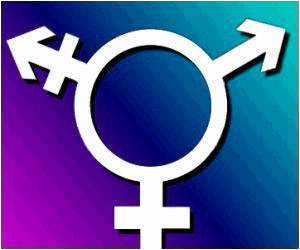
‘A study explored if people of different cultures could identify real laughter and a fake one. For the real laughs it extracted laughs from recorded conversations between pairs of English-speaking female friends. For the fake laughs, they took laughter produced by women who were asked to laugh on command.’
Tweet it Now
"The specific brain circuit that controls our vocal organs has an imitative capacity. With your speech system, you can make a lot of different noises, including crying, or laughter or a pain shriek," said Greg Bryant, Professor at the University of California, Los Angeles (UCLA). "Fake laughter is going to sound more like speech, and real laughter is not going to sound as much like speech," he added.
The findings showed that although listeners across all societies identify whether a laugh is "real" or "fake", people from smaller, less industrialized societies are more accurate in identifying fake laughs.
It is because in places where deep and complex social relationships are critical to survival, people are more attuned to the emotional engagement of others, and more likely to use those signals to predict other people's behaviour.
On the other hand, in highly industrialized societies where anonymous interpersonal interactions informed by social status are common, a fake laughter can be construed as a polite cooperative signal.
Advertisement
"Technically, all laughs are real, they are just produced by different vocal systems. We wanted to test whether or not this distinction is clear around the world," he noted.
Advertisement
To identify real laughter, the team extracted laughs from recorded conversations between pairs of English-speaking female friends. For the fake laughs, they took laughter produced by women who were asked to laugh on command.
Source-IANS









